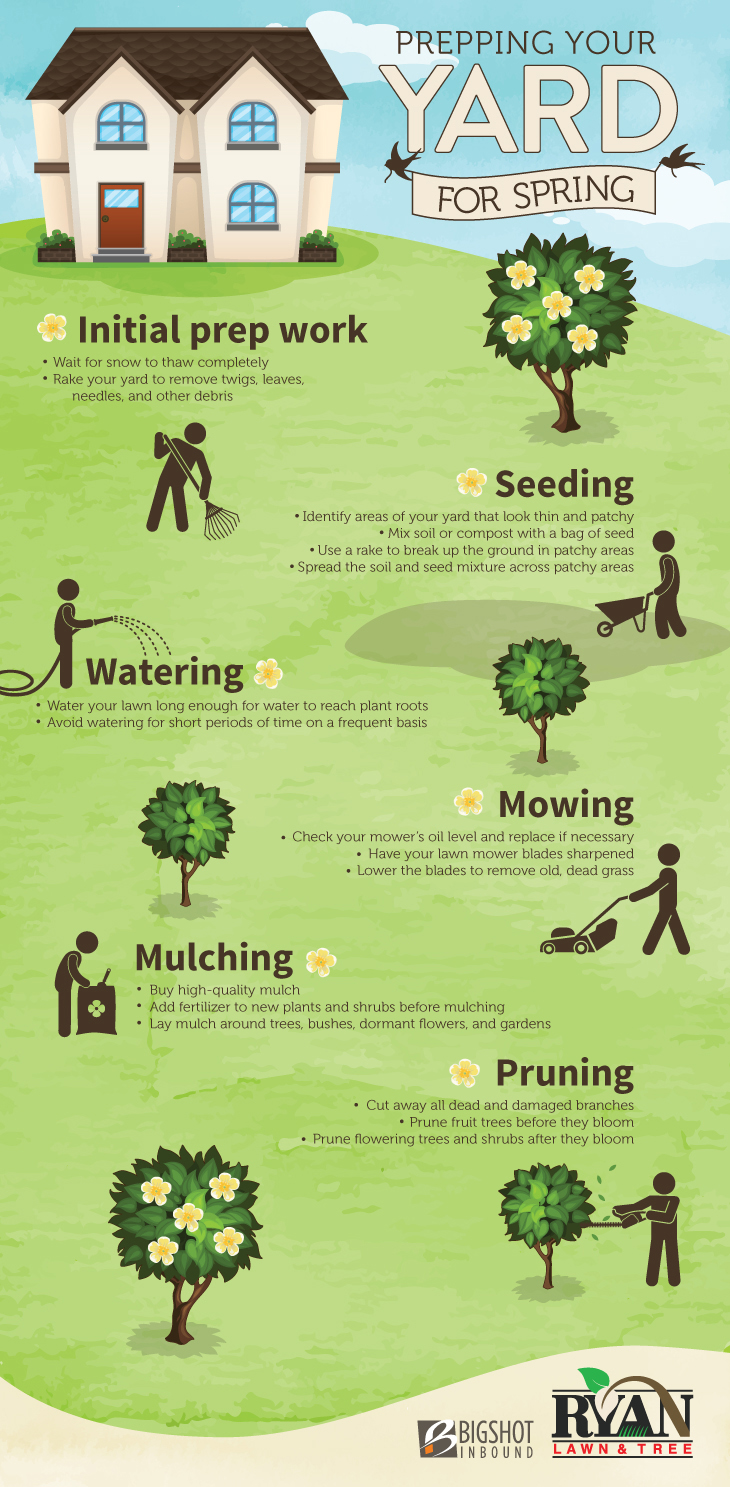Identifying The Need For Tree Elimination: A Guide For Homeowners
Identifying The Need For Tree Elimination: A Guide For Homeowners
Blog Article
Web Content By-Churchill Abrahamsen
Trees add appeal and value to residential or commercial property, yet they can also position a threat during extreme climate events. If source web page has actually stopped growing, is displaying noticeable fungal development, or has a leaning trunk, it should be eliminated by a professional to stay clear of property damage and injury.
To learn more, attend a property owner resource reasonable co-hosted by HPD, the Facility for New York City Neighborhoods, and Brooklyn-based housing partners this evening in Bedford-Stuyvesant. The occasion will feature the Home owner Manual, a brand-new overview to aid home owners browse the obligations of owning a home.
1. Dead or Dying Branches
Trees are an integral part of your home's landscape, supplying shade and elegance. They also offer shelter for wild animals and create oxygen, but also healthy and balanced trees can experience illness that may require their elimination. Dead or passing away trees aren't just undesirable, they can be harmful. Their branches can fall during a storm, resulting in expensive building damages and injuries.
When a tree's branches begin to pass away, it indicates that its framework is starting to break down. If most of its branches are dead, it is likely time to remove it.
Look for a lack of new development, bark peeling, open injuries or tooth cavities, fungi growing on the trunk or origins and a general appearance of degeneration in the whole cover. These indications of infection can suggest a significant problem that will require expert tree solutions to deal with.
2. Leaning Trunk
While it's normal for trees to lean once in a while due to phototropism, if a tree has a harmful or extreme lean that's not due to natural processes - maybe an indication that the tree requires to be removed. If the tree is leaning toward a high-voltage line, home, car, play structure or any other area that could be harmful to individuals if it falls, then contacting an expert tree solution for removal ought to be a leading priority.
It's likewise vital to expect any type of sudden changes in a tree's leaning as it can indicate damage to the origins or trunk that might cause dropping. This is especially true during stormy weather, considering that high winds and rain-soaked soil can cause a lean to change promptly. Routine monitoring, especially during and after storms can aid homeowners recognize possible troubles with their trees so they can call an arborist for an extensive evaluation.
3. Pest Infestation
Some pest invasions, such as wood-boring pests like emerald ash borer or sap-suckers like scale pests, are so serious that they can create a tree to die. The most effective method to prevent pest invasion is to check your trees often. Search for spots, openings, or discolorations in the leaves and bark. Check out the trunk for splits and indicators of insect damages, such as passages or tracks.
If a tree ends up being also plagued with pests, or is close to a home or power lines, an arborist may suggest elimination. If driveway hedge leaning tree establishes a new, unsteady lean, an arborist will likely advise elimination as well to make certain the safety of individuals and property. If a damaged or dead tree constantly drops excessive branches, it is an indicator that it is time to eliminate the tree. If a tree remains to shed branches for an extended period of time, it could cause architectural issues and prospective home damage.
4. Harmed Trunk
Trees are a beautiful and fundamental part of our landscape, however they do require normal care to maintain them healthy and balanced and risk-free. If a tree is harmed irreparable it is likely time for it to come down.
Look for indications of damages to the trunk, consisting of vertical cracks, seams, dead branch stubs, noticeable injuries or open dental caries and serious tree-rot. The visibility of fungis at the base of the trunk is one more advising sign. Fungi might suggest that the phloem and xylem (life-support tissues) are endangered, permitting the spread of illness or a future failure.
Likewise, think about whether the tree has actually quit expanding. Healthy and balanced trees will certainly have new development annually, which may show up as buds or branches sprouting and extending. If you do not see any brand-new growth, it's an excellent idea to have an arborist examine the tree and follow their referral for removal. A dying or harmed tree can drop and create property damages.